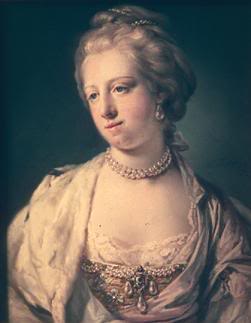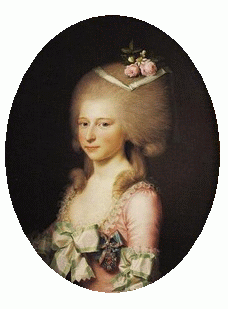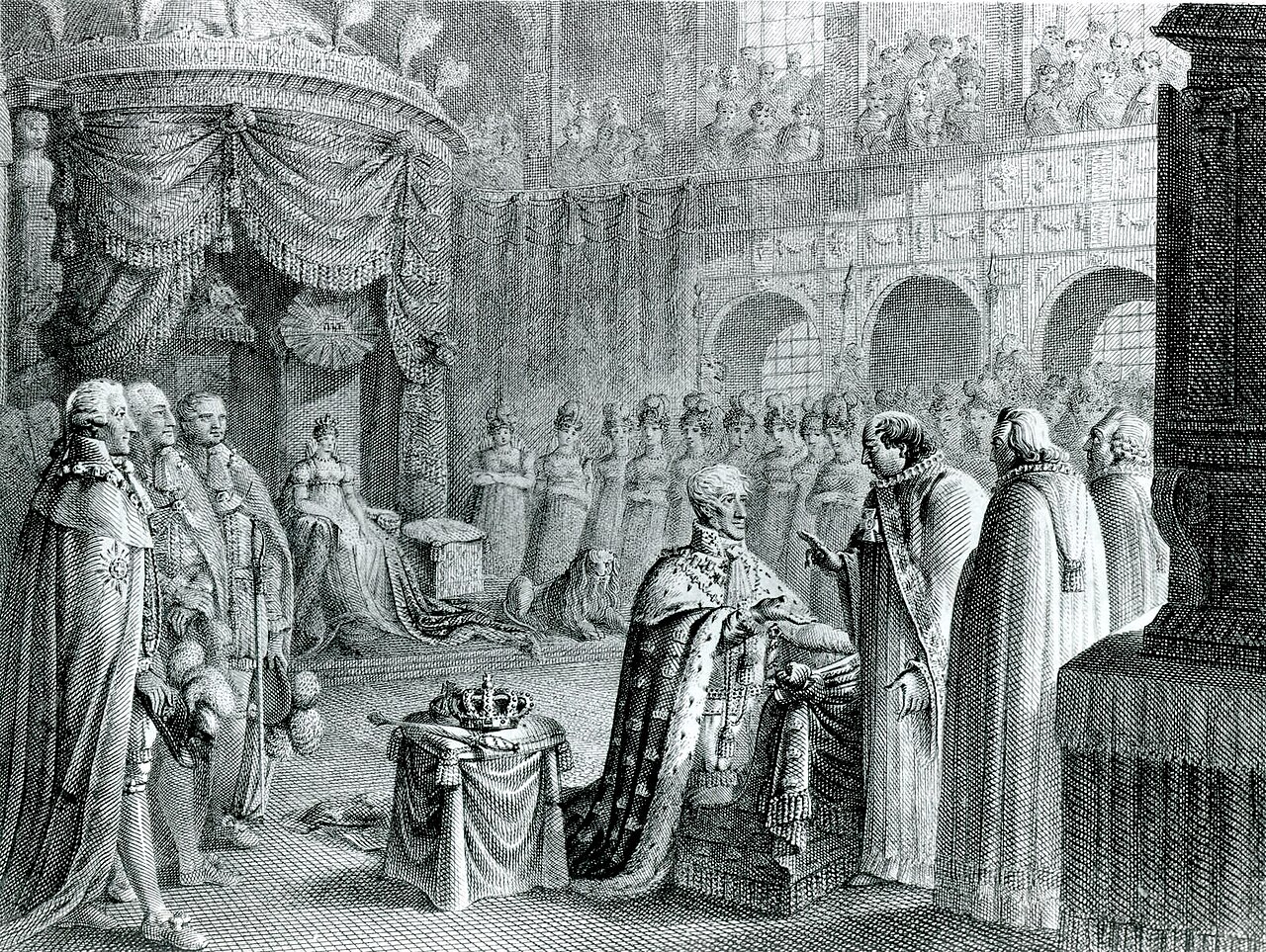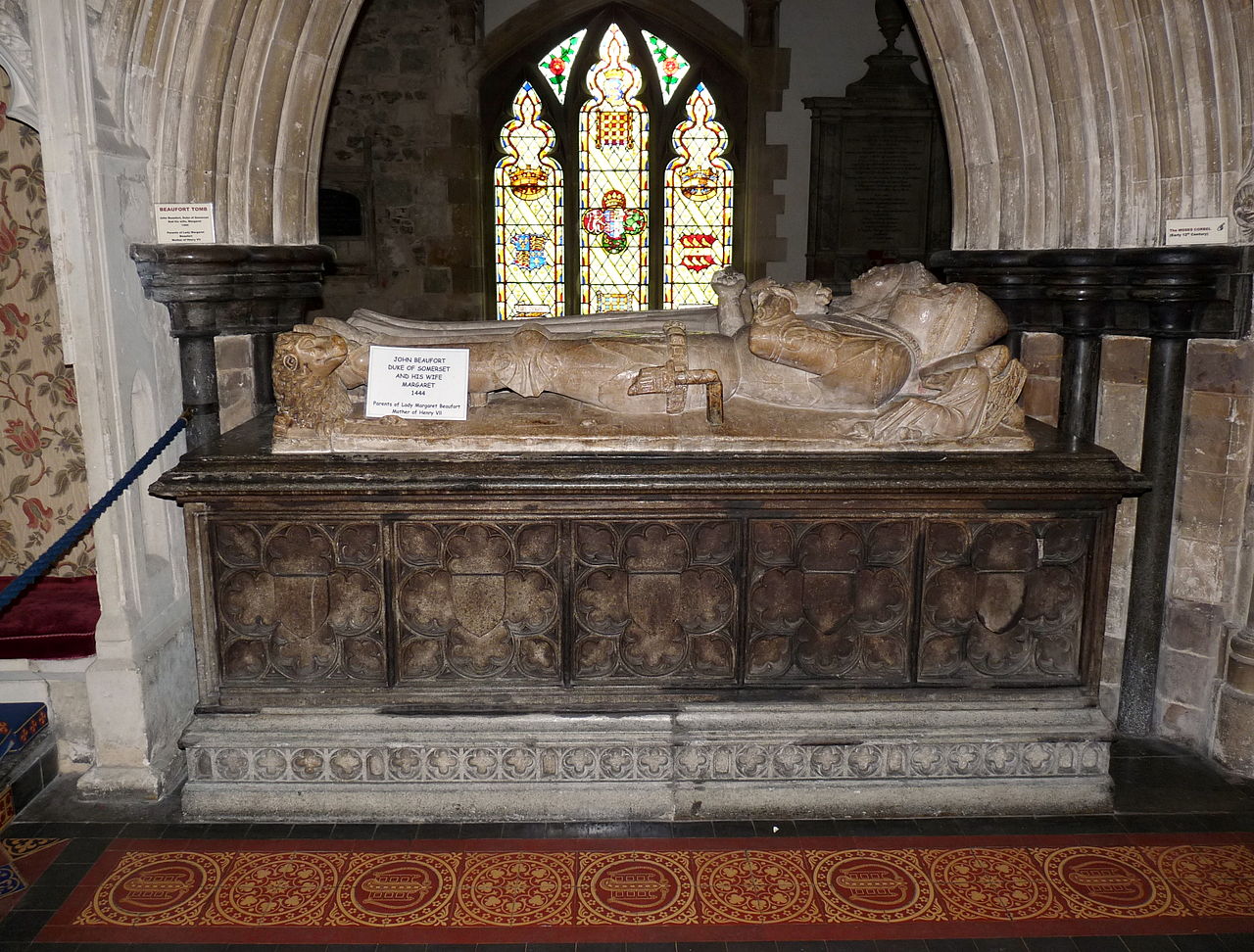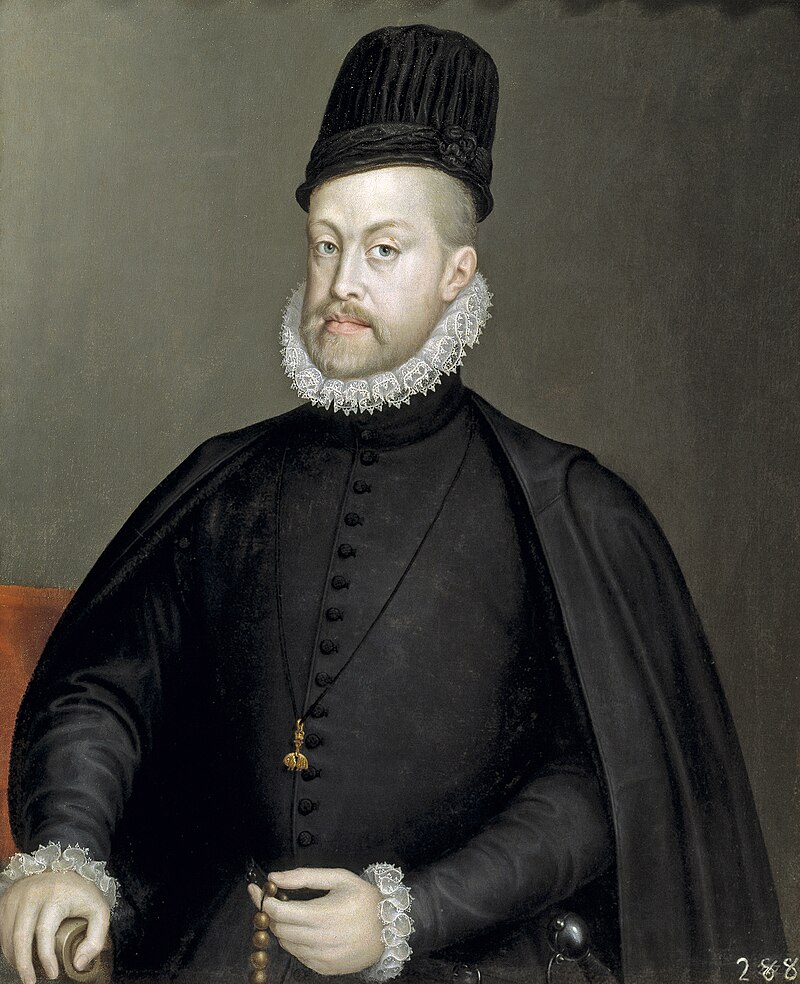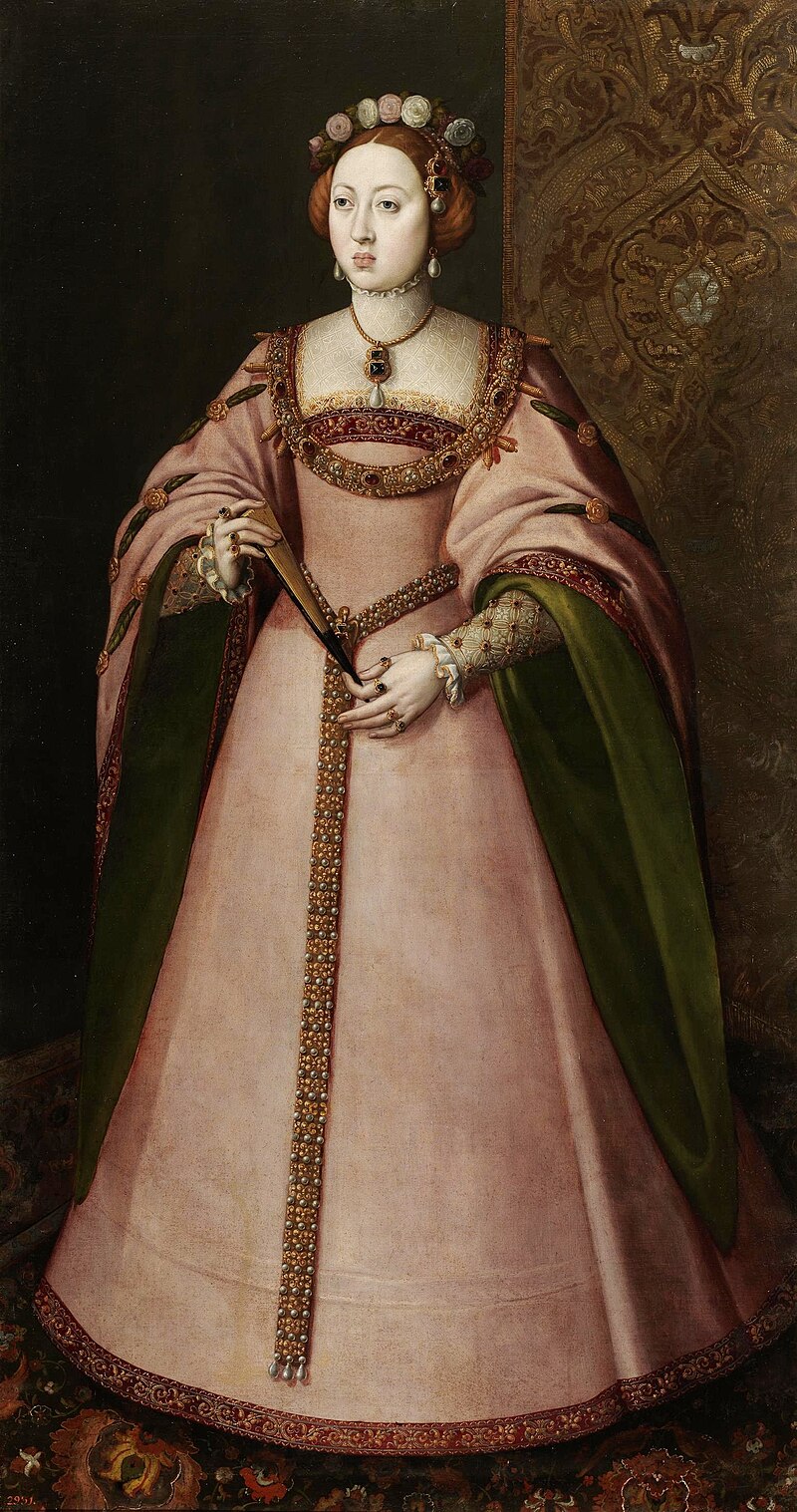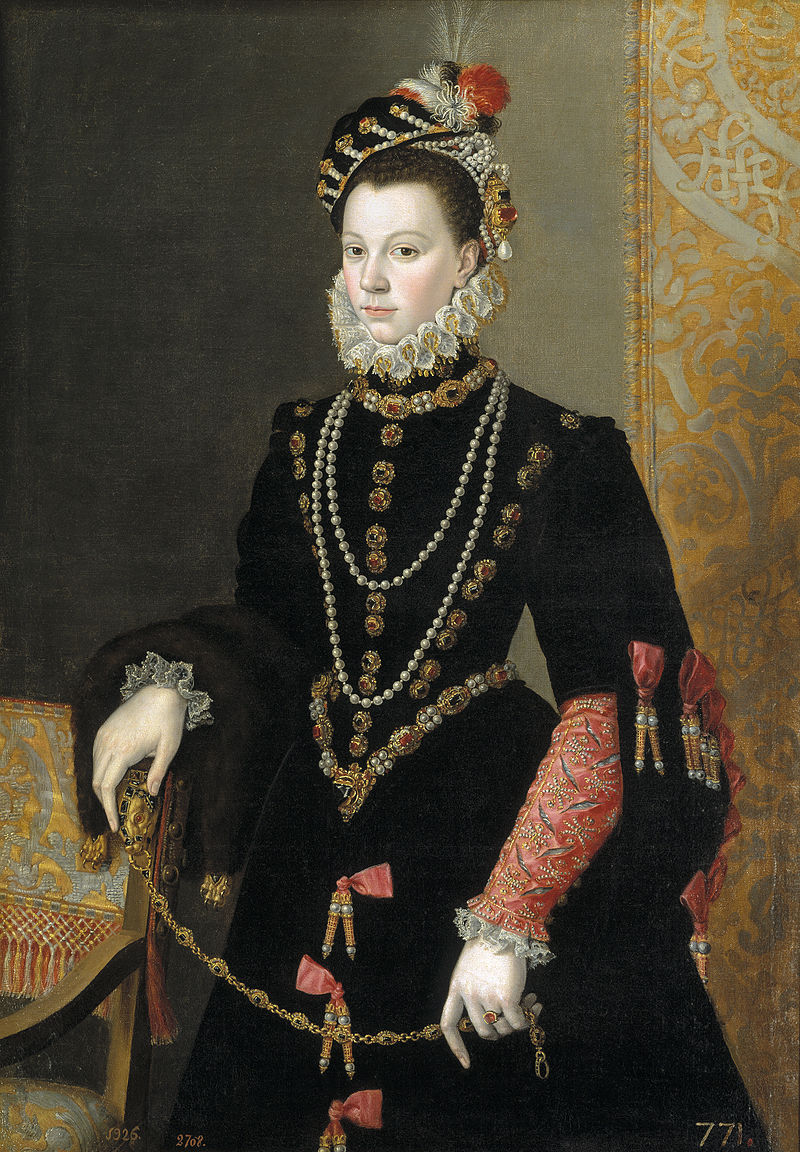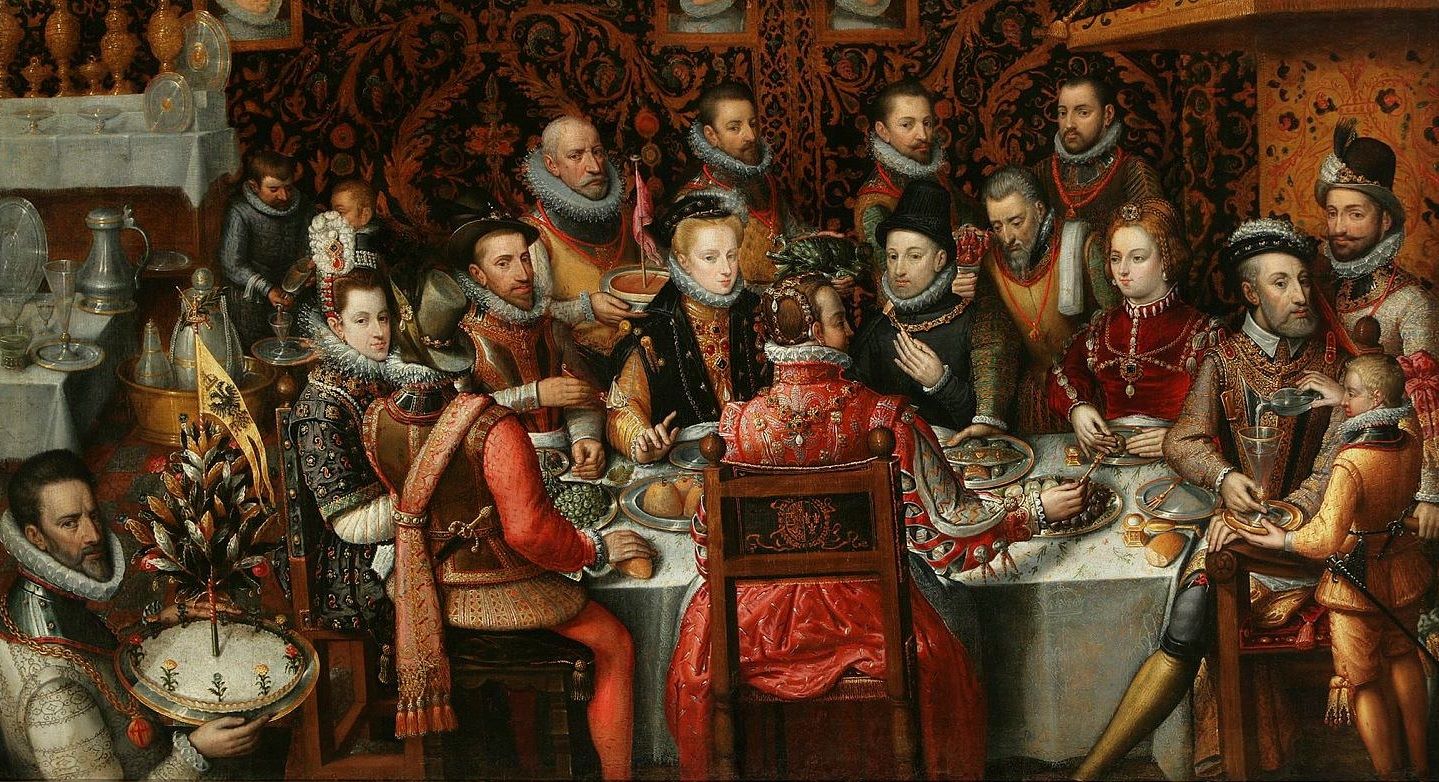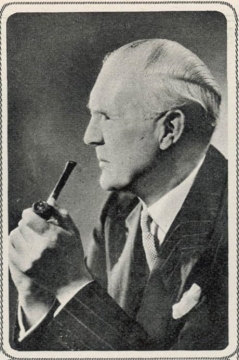by Susan Flantzer © Unofficial Royalty 2019

Marie of Hesse-Kassel, Queen of Denmark; Credit – Wikipedia
Princess Marie of Hesse-Kassel was the wife of King Frederik VI of Denmark and Norway. Born on October 28, 1767, in Hanau in the Landgraviate of Hesse-Kassel (now in Hesse, Germany), Marie Sophie Frederikke was the eldest child of Prince Carl of Hesse-Kassel and Princess Louise of Denmark and Norway. Her father was the second son of Friedrich II, Landgrave of Hesse-Kassel and Princess Mary of Great Britain, daughter of King George II of Great Britain. Her mother was the youngest child of King Frederik V of Denmark and Norway and his first wife Princess Louisa of Great Britain, daughter of King George II of Great Britain. King Christian VII of Denmark and Norway and Sophia Magdalena, wife of King Gustav III of Sweden were Marie’s maternal aunt and uncle.
Marie had five younger siblings:
- Wilhelm of Hesse-Kassel (1769 – 1772), died in early childhood
- Frederik of Hesse-Kassel, General in the Danish Army and Governor-General of Norway (1771 – 1845), married morganatically Klara von Brockdorff, no children
- Juliane of Hesse-Kassel (1773 – 1860), Protestant Abbess of Itzehoe
- Christian of Hesse-Kassel (1776 – 1814), unmarried
- Louise Caroline of Hesse-Kassel (1789 – 1867), married Friedrich Wilhelm, Duke of Schleswig-Holstein-Sonderburg-Glücksburg, had ten children including King Christian IX of Denmark who succeeded his childless cousin, King Frederick VII of Denmark, in 1863
Being the second son, Marie’s father Carl had to find his own way in life and so he did what many other younger royal sons did, took positions from foreign royal relatives. Carl’s opportunities in Denmark were far greater than what Hesse-Kassel could offer him. He became a Field Marshal in the Danish Army and was royal governor of the Danish duchies of Schleswig-Holstein from 1769 to 1836. Marie and her siblings were raised at Gottorp Castle in Slesvig, then part of Denmark now Schleswig in Germany, and at her mother’s country estate Louisenlund.
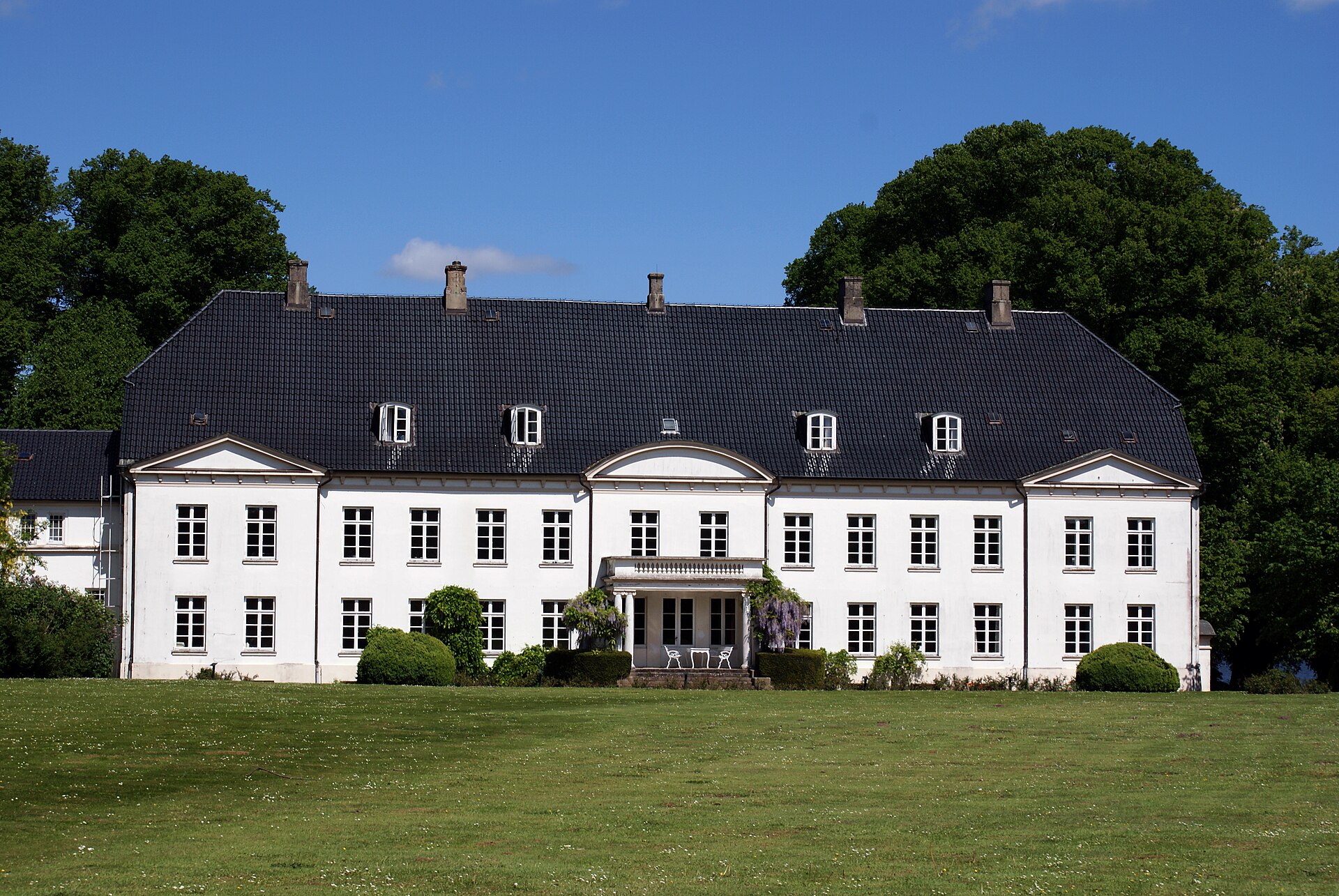
Louiselund; Credit – By PodracerHH – Own work, CC BY-SA 3.0, https://commons.wikimedia.org/w/index.php?curid=6889446
In 1772, due to the mental illness of King Christian VII, his half-brother Hereditary Prince Frederik became Regent but it was Hereditary Prince Frederik’s mother Dowager Queen Juliana Maria who really held the power. In 1784, Crown Prince Frederik, the only son of King Christian VII of Denmark and Norway, reached the age of legal majority. He had no intention of allowing Hereditary Prince Frederik and his mother Juliana to continue their rule. Crown Prince Frederik somehow managed to get his insane father to sign an order dismissing Hereditary Prince Frederik’s supporters from the council and declaring that no royal order was legal unless co-signed by the Crown Prince, thereby deposing his stepmother and half-brother. Crown Prince Frederik then ruled permanently as Crown Prince Regent until the death of his father.

Marie holding a portrait of her fiancé by Cornelius Høyer; Credit – Wikipedia
Princess Marie of Hesse-Kassel was on the list of possible brides for Crown Prince Frederik. She had some advantages: her mother was the daughter of a King of Denmark and she had been raised in Denmark. However, factions of the Danish court did not support the marriage because a more dynastic marriage was preferred but Crown Prince Frederik wanted to show his independence and insisted upon the marriage.

Crown Prince Frederik, the future King Frederik VI; Credit – Wikipedia
On July 31, 1790, in the Gottorp Castle chapel, Frederik and Marie were married. The couple made a triumphant official entrance into Copenhagen on September 14, 1790. The Danish people were enthusiastic about the marriage because Marie was considered completely Danish and not a foreign princess although she had received a German education and German was her first language.
Crown Princess Marie was under immense pressure to produce a male heir to the throne because the main line of the Danish royal family was in danger of becoming extinct. Frederik and Marie had eight children but unfortunately, six of them, including two boys, died in infancy. Only two daughters survived and both daughters had childless marriages. For the rest of her life, Marie would lament her lack of sons and grandchildren. Injuries from her last childbirth prevented Marie from having any further marital relations and she was forced to accept her husband’s adultery.
- Christian (born and died September 1791), died in infancy
- Marie Louise (1792 – 1793), died in infancy
- Caroline (1793 – 1881), married her father’s first cousin Ferdinand, Hereditary of Denmark, no children
- Louise (August 1795 – December 1795), died in infancy
- Christian (born and died September 1797), died in infancy
- Juliana Louise (born and died February 1802), died in infancy
- Frederikke Marie (June 1805 – July 1805), died in infancy
- Vilhelmine Marie (1808 – 1891), married (1) the future King Frederik VII of Denmark, no children, divorced (2) Karl, Duke of Schleswig-Holstein-Sonderburg-Glücksburg, no children

King Frederik VI and Queen Marie with their daughters Caroline and Vilhelmine by Christoffer Wilhelm Eckersberg, 1821; Credit – Wikipedia
When King Christian VII died on March 13, 1808, his son succeeded him as King Frederik VI of Denmark and Marie became Queen of Denmark. She became more acquainted with Danes, finally learned the Danish language more fluently, took an interest in Danish literature and history, and became interested in politics. When Frederick VI was participating in the Congress of Vienna after the Napoleonic Wars from September 5, 1814 – June 1, 1815, Marie served as Regent.

Queen Marie of Denmark; Credit – Wikipedia
King Frederick VI died on December 3, 1839, at the age of 71 at Amalienborg Palace in Copenhagen. He had reigned Denmark for a total of 55 years: 24 years as Crown Prince Regent and 31 years as King. As he had no sons, he was succeeded by King Christian VIII, the son of King Frederik’ VI’s half-uncle Frederik, Hereditary Prince of Denmark.
After her husband’s death, Marie retired from public life but remained a respected figure, living at Frederiksborg Castle and Amalienborg Palace. The conflicts between the branches of the Danish royal family during the succession crisis caused by a lack of male dynasts and the First Schleswig War (1848–51) caused her much distress.
Marie of Hesse-Kassel, Queen of Denmark died on March 21, 1852, at Amalienborg Palace in Copenhagen at the age of 84. She was buried at Roskilde Cathedral in the Frederik V Chapel near her husband.

Tomb of Marie Sophie of Hesse-Kassel, Queen of Denmark; Photo by Susan Flantzer
This article is the intellectual property of Unofficial Royalty and is NOT TO BE COPIED, EDITED, OR POSTED IN ANY FORM ON ANOTHER WEBSITE under any circumstances. It is permissible to use a link that directs to Unofficial Royalty.
Kingdom of Denmark Resources at Unofficial Royalty
- Kingdom of Denmark Index
- Danish Orders and Honours
- Danish Royal Burial Sites: House of Oldenburg, 1448 – 1863
- Danish Royal Burial Sites: House of Schleswig-Holstein-Sonderburg-Glücksburg, 1863 – present
- Danish Royal Christenings
- Danish Royal Dates
- Danish Royal Residences
- Danish Royal Weddings
- Line of Succession to the Danish Throne
- Profiles of the Danish Royal Family
Works Cited
- Da.wikipedia.org. (2018). Frederik 6.. [online] Available at: https://da.wikipedia.org/wiki/Frederik_6. [Accessed 15 Sep. 2018].
- De.wikipedia.org. (2018). Marie von Hessen-Kassel (1767–1852). [online] Available at: https://de.wikipedia.org/wiki/Marie_von_Hessen-Kassel_(1767%E2%80%931852) [Accessed 15 Sep. 2018].
- En.wikipedia.org. (2018). Landgrave Charles of Hesse-Kassel. [online] Available at: https://en.wikipedia.org/wiki/Landgrave_Charles_of_Hesse-Kassel [Accessed 15 Sep. 2018].
- En.wikipedia.org. (2018). Frederick VI of Denmark. [online] Available at: https://en.wikipedia.org/wiki/Frederick_VI_of_Denmark [Accessed 15 Sep. 2018].
- En.wikipedia.org. (2018). Marie of Hesse-Kassel. [online] Available at: https://en.wikipedia.org/wiki/Marie_of_Hesse-Kassel [Accessed 15 Sep. 2018].
- Flantzer, S. (2016). King Christian VII of Denmark. [online] Unofficial Royalty. Available at: https://www.unofficialroyalty.com/king-christian-vii-of-denmark/ [Accessed 15 Sep. 2018].
- Flantzer, S. (2018). King Frederik VI of Denmark. [online] Unofficial Royalty. Available at: https://www.unofficialroyalty.com/king-frederik-vi-of-denmark/


